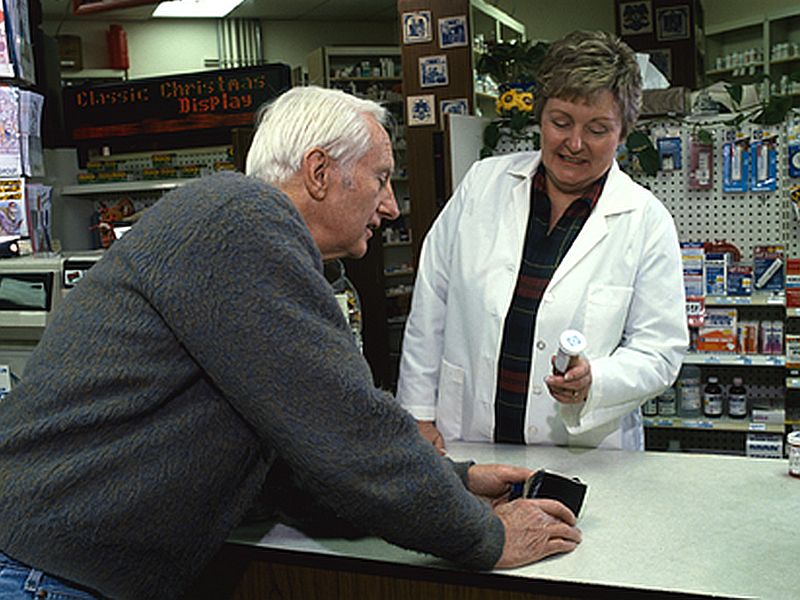By Serena Gordon
HealthDay Reporter

MONDAY, Nov. 26, 2018 (HealthDay News) -- There are many areas of the United States where doctors are in short supply, but the good news for diabetics is that nurse practitioners and physician assistants can often help fill that care gap.
In fact, new research compared the care given by doctors, nurse practitioners and physician assistants to people with diabetes and found no significant differences in care.
"There were no clinically significant differences between nurse practitioners [NPs], physician assistants [PAs] and physicians. This study adds to a body of literature that shows it's very reasonable to have an NP or PA as a primary care provider," said study author George Jackson, a research health scientist at the Durham VA Health Care System in North Carolina.
That's good news since about one-third of those who have a regular primary care provider see a PA or NP at least once a year. Plus, almost half of patients with diabetes see a PA or NP for at least part of their care, according to background information in the study.
"PAs, NPs and physicians have different types of training, different times in training and sometimes a different focus in training. But all three commonly serve as primary care providers," Jackson explained. All three can prescribe medication and order tests, though there could be limits to what PAs and NPs can prescribe, depending on the state.
The new research included nearly 370,000 patients. They received care at one of 568 primary care practices in the U.S. Veterans Administration health system. All were receiving medication to treat their diabetes.
About 75 percent of the patients were treated by physicians. Eighteen percent were treated by nurse practitioners and 7 percent received care from physician assistants, the study authors said.
The researchers looked at blood sugar, blood pressure and cholesterol levels. There were no significant differences in these measures based on whether a doctor, NP or PA treated patients.
The findings were published Nov. 19 in the Annals of Internal Medicine.
Dr. Anne Peters, from the Keck School of Medicine at the University of Southern California, wrote in an accompanying editorial, "The time has come to embrace many different approaches to providing primary care, particularly for persons with a chronic disease, such as diabetes."
She concluded, "Nurse practitioners and PAs are competent PCPs [primary care providers] in their own right and should be fully accepted as such."
Dr. Jonathan Sobel, president and chair of the Board of Directors of the American Academy of PAs, said he wasn't at all surprised by the findings. "People should feel confident in PAs. More and more studies are demonstrating the high quality care provided by PAs," he said.
Sobel explained that physician assistants receive thousands of hours of training. And, he said that diabetes is a perfect example of a condition that PAs can manage well.
"PAs are a very important part of the solution to the physician shortage, especially in rural areas," Sobel said.
He noted that insurance -- especially Medicare -- may dictate what types of services these providers can offer. For example, he said, Medicare won't allow PAs to prescribe special shoes for people with diabetes.
More information
Learn more about physician assistants and nurse practitioners from the Nurse Journal.
Back

The news stories provided in Health News and our Health-E News Newsletter are a service of the nationally syndicated HealthDay® news and information company. Stories refer to national trends and breaking health news, and are not necessarily indicative of or always supported by our facility and providers. This information is provided for informational and educational purposes only, and is not intended to be a substitute for medical advice, diagnosis, or treatment.






